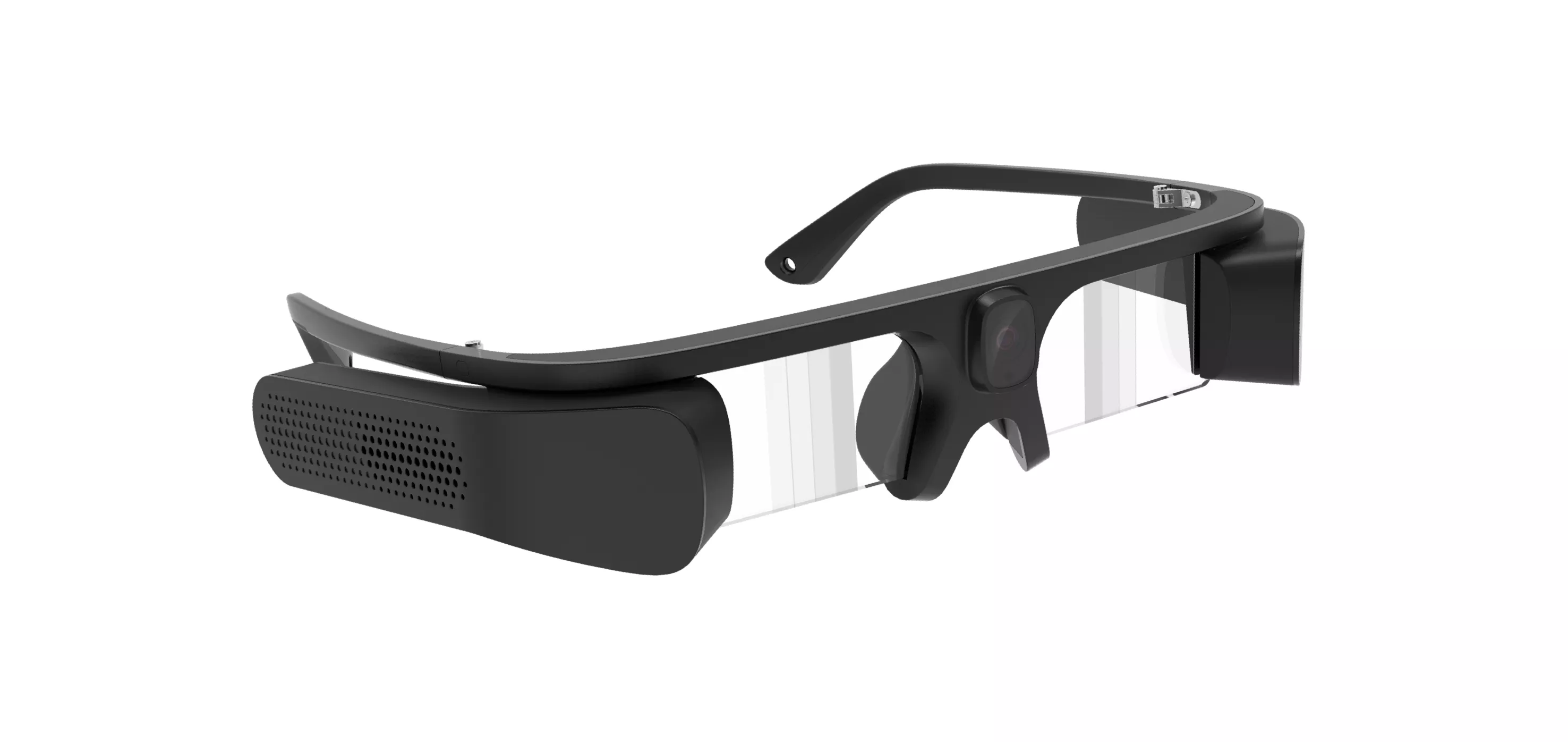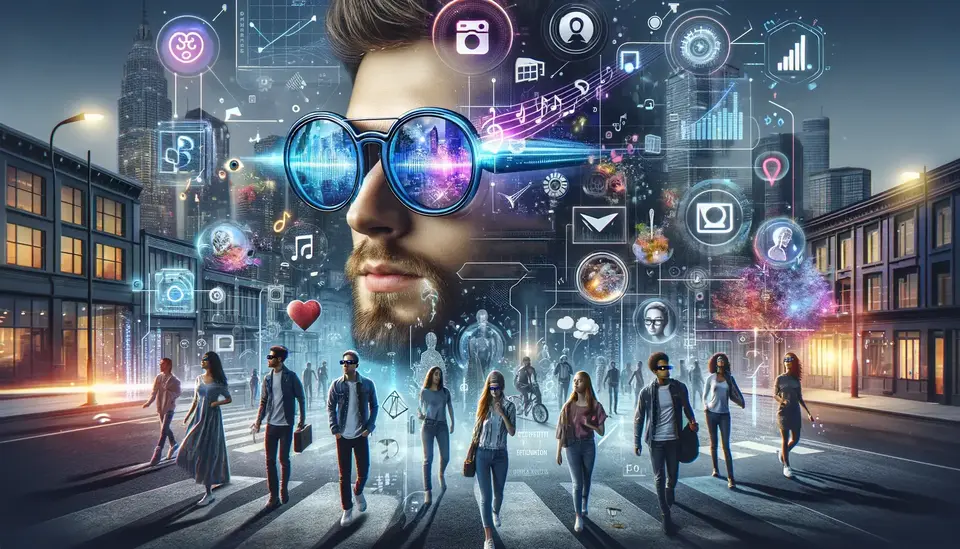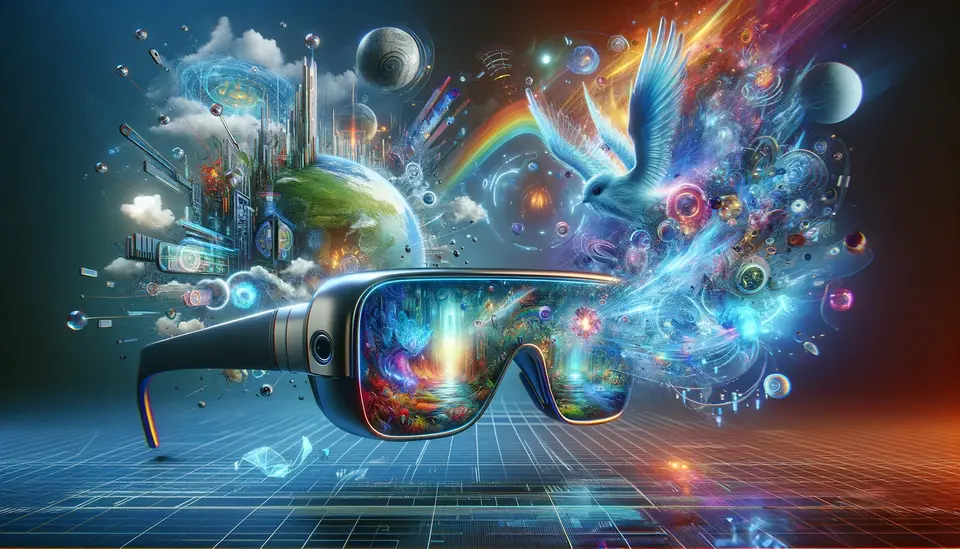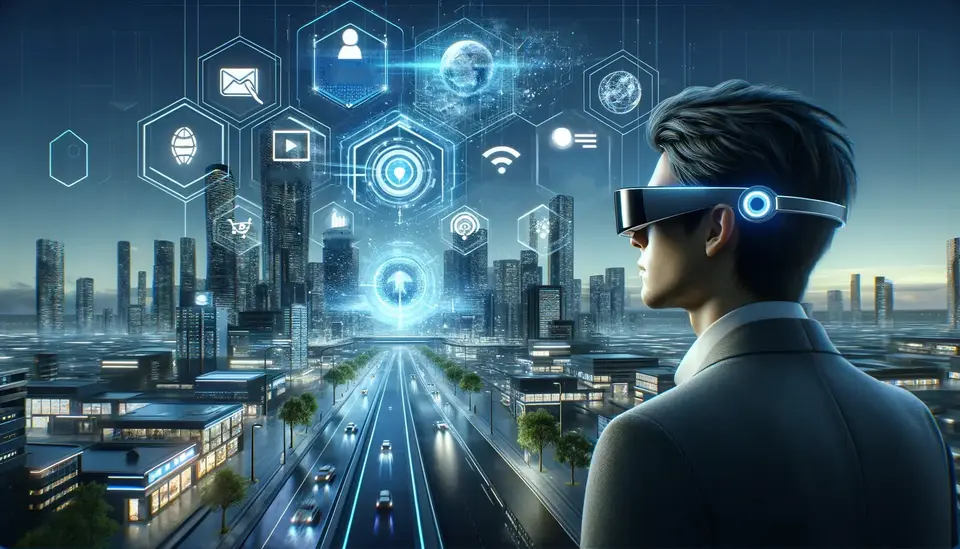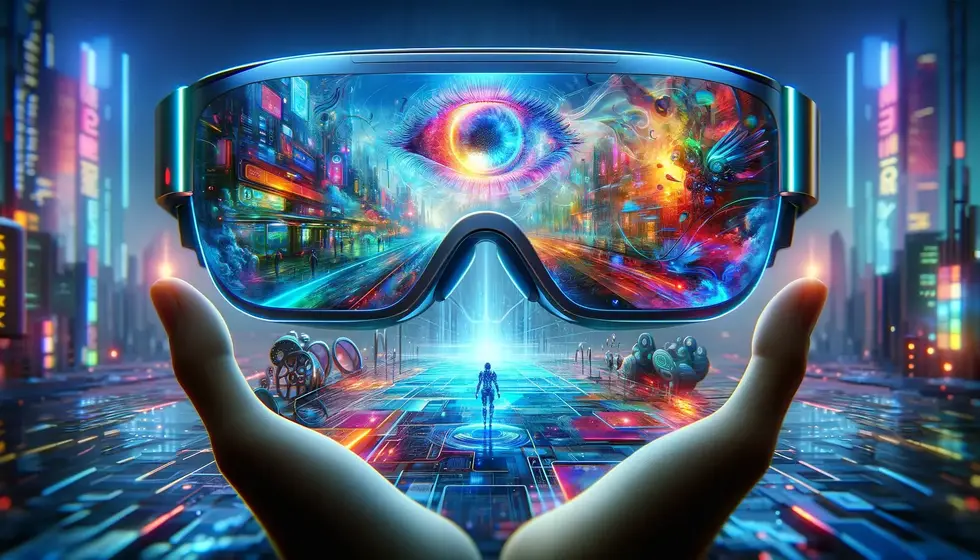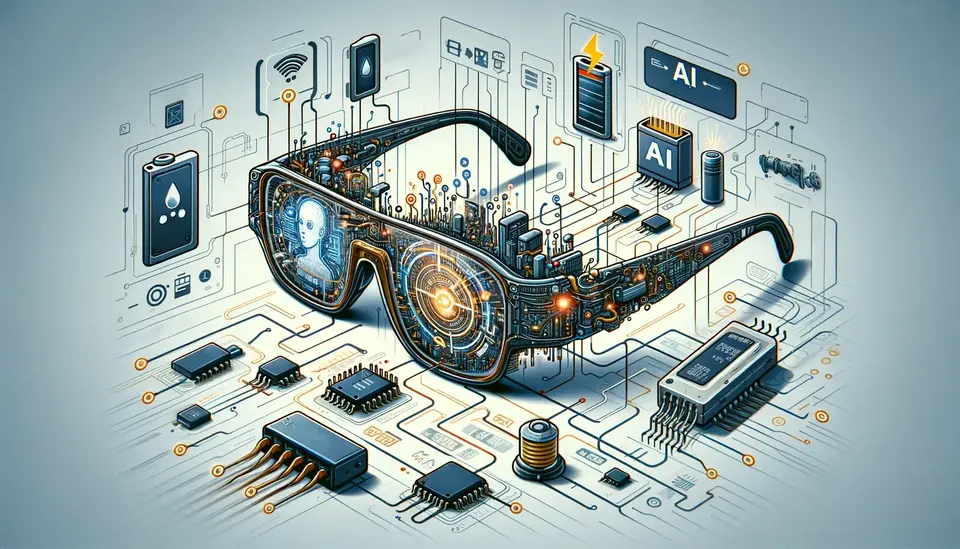Why the Smart Glasses are important?
Posted on April 17, 2023 3 minutes 551 words
Table of contents
Smart glasses, once a figment of science fiction, are quickly becoming an integral part of our daily lives. This wearable technology has made impressive strides over the years, moving from bulky and impractical prototypes to sleek, efficient, and powerful devices. This blog post will delve into why smart glasses are essential and the many ways they are revolutionizing our world.
Augmented Reality (AR) Integration
One of the key features that make smart glasses stand out is their ability to incorporate augmented reality (AR). AR overlays digital information onto our view of the real world, providing an enhanced experience in various applications. For example, smart glasses can offer turn-by-turn navigation, allowing users to see directions directly in their field of vision. This seamless integration also extends to gaming, where players can interact with virtual objects in their environment, and retail experiences, where customers can virtually try on clothes or see how furniture would look in their home.
Enhanced Productivity and Hands-Free Operation
Smart glasses enable users to multitask more effectively by providing hands-free access to information and tools. In professional settings, this can lead to increased efficiency and safety. Surgeons can view vital patient data without breaking focus, warehouse workers can access inventory information without interrupting their workflow, and construction workers can receive real-time updates on project progress. The hands-free nature of smart glasses allows users to stay engaged in their tasks while accessing crucial information.
Improved Accessibility for People with Disabilities
Smart glasses hold great promise for improving the lives of people with disabilities. For those with visual impairments, text-to-speech features can help read out written content, while sign language translation can benefit individuals who are deaf or hard of hearing. Furthermore, smart glasses can provide visual guidance to users with mobility impairments, offering increased independence and confidence.
Personalized and Contextual Information
As smart glasses become more advanced, they offer users personalized and contextual information tailored to their needs. For example, facial recognition can help users quickly identify friends and acquaintances in social settings, while language translation features can make travel more accessible. Fitness enthusiasts can benefit from real-time tracking of their heart rate, steps, and calories burned, allowing them to optimize their workouts and reach their goals.
Future of Education and Training
Smart glasses have the potential to revolutionize the way we learn and train. By offering immersive, interactive, and tailored experiences, education can become more engaging and effective. Remote learning can be elevated with virtual classrooms that mimic the in-person experience, while skill-based training can be enhanced with real-time feedback and guidance.
Privacy and Security Concerns
Despite the numerous benefits, it is essential to address privacy and security concerns associated with smart glasses. Manufacturers and developers must prioritize protecting users’ data and ensure that the technology is not misused. Transparency and clear communication about data collection and storage practices can help build trust and ensure the responsible growth of this technology.
Conclusion
Smart glasses are set to transform the way we interact with the world around us. As technology advances, we will continue to discover new applications and benefits that enrich our daily lives. By staying informed and engaged in the development of smart glasses, we can help shape a future that is more efficient, accessible, and connected.

